"This toolbox is the result of a collaborative process between Practical Action and the Institute of Socio-Economic Research of the Bolivian Catholic University "San Pablo" (IISEC-UCB). The complementarity of visions and action areas reflects in an innovative proposal that aims to respond to a frequent and growing need by non governmental organizations: to measure the impact of gender-focused actions promoted by development projects, in this case productive."
"Este estudo explora como o setor de SGB pode contribuir para o alcance do ODS 8 e como as organizações de apoio à s SGBs podem ajudá-las a contribuírem com esse mesmo objetivo."
"Solar Sister, a social enterprise operating in Tanzania, Uganda, and Nigeria, is dedicated to eradicating energy poverty through the economic empowerment of women. In addition to economically empowering its women entrepreneurs, the business model of Solar Sister also cultivates sales networks built on trust in last-mile distribution methods. While Solar Sister has previously conducted research regarding its many entrepreneurs, it has lacked information on its end customers. In 2016 a research team from Santa Clara University’s Miller Center for Social Entrepreneurship undertook survey research with Solar Sister to examine the effects of solar lantern use on users’ health, education, time allocation, household savings, income generation, and increased agency. The research team conducted a 53-question survey in more than 20 villages across five regions in Tanzania, with research assistants providing English-Swahili translation. The data and stories presented here are intended to help illuminate the potential of solar lanterns to improve livelihoods in rural Tanzania and beyond."
"This joint article by IFC and McKinsey finds that the unmet needs for credit by all emerging-market micro, small, and medium enterprises is significant, despite the importance of this sector to economic development and job creation. The article, Two Trillion and Counting, offers the first comprehensive assessment of the global credit gap, ranging from $2.1 trillion to $2.5 trillion, and some implications for public and private sector actors as they seek to close that gap."
"ANDE, the Center for Development Alternatives, Enterprise Uganda, and Koltai & Company released the Phase I findings of ANDE's Uganda Entrepreneurial Ecosystem Initiative on November 28. The Phase I report maps the entrepreneurial ecosystems of Kampala and Gulu—two key regions for Ugandan economic growth. It then outlines a strategic path forward for promoting entrepreneurship in these regions, recommending specific actions to overcome ecosystem constraints. The second phase of the initiative will use these findings to design and implement a multi-stakeholder, multi-million-euro program to develop Ugandan entrepreneurship, beginning in 2019. Read the full report."
"The Uganda Industrial Research Institute (UIRI), a traditional incubator run by the government, has made a significant impact by locating value-added processing systems from its Kampala headquarters into farmer communities. While the model lacks the necessary innovation development, UIRI offers SME clients in these regions the opportunity to expand their personal income and their existing businesses through local market development and value-added food processing. At the same time, however, UIRI’straditional incubator has been challenged to graduate incubatees who do not have the financial resources to stand on their own."
"Prior research hints at the accelerator as a new generation incubation model. Accelerators have become an umbrella term for any program providing a service structure of mentorship, networking opportunities and access to funding. The challenge, however, is to understand their distinctive characteristics and profiles geared towards reinforcing business start-ups. How do accelerators operate as a new generation incubation model and how do they differ from existing incubation mechanisms? This inductive study investigates 13 accelerators across Europe and adopts a design lens to identify the accelerator model's key design parameters. We identify five key building blocks and distinguish between three different types of accelerators, taking the primary design theme of the accelerator into account. We contribute to the incubation literature by extending recognition of the heterogeneity of incubation models, by delineating the accelerator as a distinctive incubation model and by introducing the design lens as a useful theoretical framework to investigate incubation models and their evolution."
"Over the past six years, a new method of incubating technology startups has emerged, driven by investors and successful tech entrepreneurs: the accelerator programme. Despite growing interest in the model from the investment, business education and policy communities, there have been few attempts at formal analysis. This report is a first step towards a more informed critique of the phenomenon, as part of a broader effort among both public and private sectors to understand how to better support the growth of innovative startups."
"Fintech recently became the most-active sector for startup investment in the Middle East and North Africa. While much of the media coverage has focused on digital payments and e-commerce, this report will highlight fintech innovation that is improving "financial health" for the region's most marginalized communities: tech that helps people manage their income and expenses, weather financial shocks and plan for a healthy financial future."
"This report reviews the state of measurement as of 2014 in two types of organizations that directly support small and growing businesses (SGBs) - impact investors and capacity development providers. Using a mixed-methods approach, ANDE collected data and interviewed over 30 organizations across these two categories, and analyzed key trends in measurement practice."
